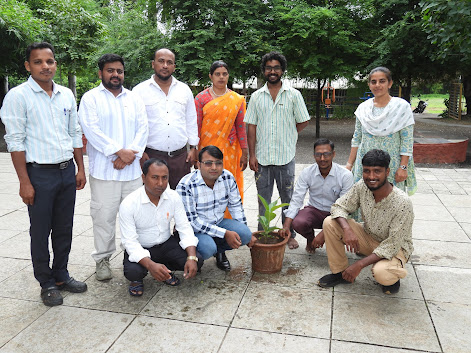Have you ever felt that you have absolutely no control over your own life?
That your choices aren’t really yours—but are instead shaped, forced, or dictated by circumstances you didn’t choose?
For millions of children in India, this isn’t just a passing feeling. It is their everyday reality.
India is home to approximately 364 million children aged 0–18 years, representing about 30% of the country’s population of over 1.4 billion. The distribution by age group is roughly:
According to a 2023 report by the World Bank and UNICEF, 11.5% of children in India live in extremely poor households, which translates to around 52 million children surviving on less than $2.15 (₹178) per day. Children living in poverty are highly vulnerable to becoming trapped in the vicious cycle of child labor — where poverty forces them out of school and into work, and the lack of education, in turn, ensures they remain in poverty for life.
Challenges Faced by Children Living in Poverty
Limited access to education is just the tip of the iceberg. Children in poverty also face:
- School-related challenges: Lower preparedness, poor attendance, stigmatization, and exposure to violence (domestic, workplace, verbal abuse).
- Health issues: Anemia, malnutrition, stunted growth, and substance abuse.
- Social challenges: Early marriages, teenage pregnancies, domestic abuse, and family separation.
According to the International Labour Organization (ILO), as of 2016, 152 million children aged 5–17 years were involved in child labour worldwide. Alarmingly, 114 million of these were children between 5–14 years, making up 75% of the global child labour population.
In the Indian context, the Census of India 2011 reported that 10.1 million children aged 5–14 were engaged in some form of work. However, more recent estimates from the ILO (2020) suggest a declining but still significant figure — 5.8 million children aged 5–17 years are currently working in India. Despite the decrease, the numbers continue to reflect deep-rooted systemic issues.
Maharashtra: A Closer Look
Maharashtra, one of India's most industrialized and economically advanced states, is not immune to this issue. According to PENCIL (Platform for Effective Enforcement for No Child Labour). Maharahstra reported 25000 child labors. But according to the other reports and estimation it is a highly underreported figure.
The prevalence of child labour is particularly notable in:Agricultural sectors, especially sugarcane harvesting and cottonseed production
- Brick kilns, stone quarries, and construction work
- Small-scale industries, including zari work, fireworks, bidi rolling, and leather goods
- Informal service sectors, such as domestic help, roadside stalls, and automobile repair
- Addressing these challenges demands more than educational reforms. Today, on World Day Against Child Labour, we must confront an uncomfortable truth:
Child labour isn’t just a violation of rights—it’s a consequence of social and economical inequality.
To truly eliminate child labour, we must go beyond education alone.
We must:
Let us not just raise awareness, but raise our voices.
Let us not just condemn child labour, but commit to action.
Let’s build a world where every child has the freedom to dream—and the power to choose.



No comments:
Post a Comment